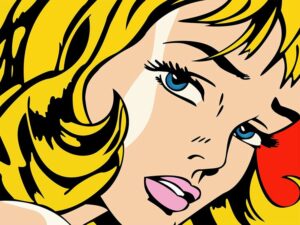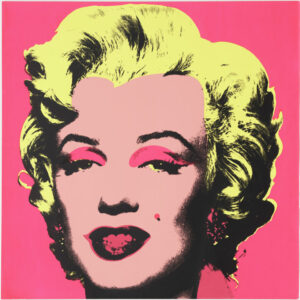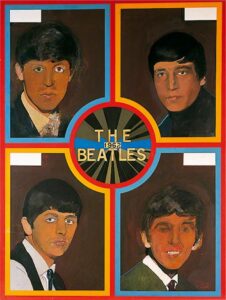Today, we have many perks to life thanks to technology. Things that were once a far more arduous process, are simplified with ease using the right mechanisms, such as creating custom t shirt printing in Singapore. The next labor-intensive task of the past would be the act of creating copies or prints of art. While it used to be an incredibly time-consuming process, it is now just simply the act of a single action – pushing the button for the shirt printer to warm up. In this way, people found a manual way to make custom tee printing available in Singapore, using silk screen printing.
Design and Print You Own T-shirt Here
No MOQ, Fast Delivery, Affordable Price
Contact Us for Customisation or bulk order
What is Silk Screen Printing?
The earliest recognizable form of screen printing, this method was originally based on a hand-stenciling method. However, it soon evolved into using fine mesh stretched over a frame.
The reason why it’s called “silk screen printing” is because the mesh used was sometimes made from silk. Since its invention, the technique has hardly changed: once the screen is exposed to the desired image, artists transfer their artworks by pushing ink through the mesh using a squeegee onto various surfaces—including paper, fabric, and even wood. One color is printed at a time, so several screens must be used to produce an image with many colors, or print a custom t-shirt in Singapore.
During the 1960s, American artists popularised the technique by using it to mass-produce graphic style prints in bright colors. Their art marked the beginning of Pop Art movement, where contemporary artists continue to use screen printing as a medium to produce inspiring works of art in addition to doing t-shirt printing.
5 Inspiring Silk Screen Printing Artists You Should Know
- Andy Warhol
- Roy Lichtenstein
- Peter Blake
- Clare Halifax
- Laurie Hastings
1. Andy Warhol
The most popular screen printing artist in history, Pop artist Andy Warhol first used the technique during the 1960s. Warhol is known for producing stencils of celebrity portraits and transferring them from the ‘silver screen’ to the silkscreen by printing them repeatedly in a variety of bright colors.
One of the most well-known series he has produced is his Marilyn Monroe prints, which Warhol took reference from a photograph from the film star’s 1953 film, Niagra.
2. Roy Lichtenstein
A well-kn
His subjects ranged from heartbroken women and “damsels in distress,” to architecture and abstract shapes. Lichtenstein’s brushstroke series reflects his interest in Abstract Expressionism. Where other artists had used brushstrokes to directly communicate their feelings and ideas, Lichtenstein’s paintings made a mockery.
3. Peter Blake
One of the leading British artists of the 1960s, Peter Blake is perhaps most famous for his cover design of The Beatles’ Sergeant Pepper album in 1967. The artist often experimented with silk screen printing, having printed multiples of his primary-colored Beatles portraits – Beatles ‘ Love Me Do’ – in glittering diamond dust.
4. Clare Halifax
Having studied both printed textile design and printmaking, Clare Halifax‘s silkscreen prints combine her interest in textiles with her highly-detailed drawings of architectural landscapes around Britain. Her limited edition screenprints are often printed in just one or two colors, and they illustrate the contrast between gray “concrete jungle[s],” and green, inner-city parks, and botanical gardens.
5. Laurie Hasting
Nottingham-based artist Laurie Hastings creates limited edition silkscreen prints of her intricate line drawings. Her images often depict people and nature-inspired landscapes. Hastings sells original silkscreen prints in her online shop and exhibits in galleries throughout the UK and internationally.
Conclusion
If you ever get inspired by this post, then you may start learning how to silkscreen print at home by getting the required equipment! The screen printing process requires a number of basic supplies and tools. All you’d need are screens, glues, various types of inks, squeegees to create beautiful screen-printed images, and of course plain t-shirts too! You can find all this equipment online, as well as kits to help you transfer your images onto screens.
Even though DTG printing is said to be superior to silkscreen printing, many people still prefer the latter printing method. However, if you are not familiar with this t-shirt printing method at home, you can always contact Print on Demand Singapore for full inquiry for a safer, supervised, and trusted service. They offer t-shirt printing services – vinyl printing, DTG, and embroidery – all of which are common printing methods used in Singapore to print your general apparel and t-shirts of almost all materials.



